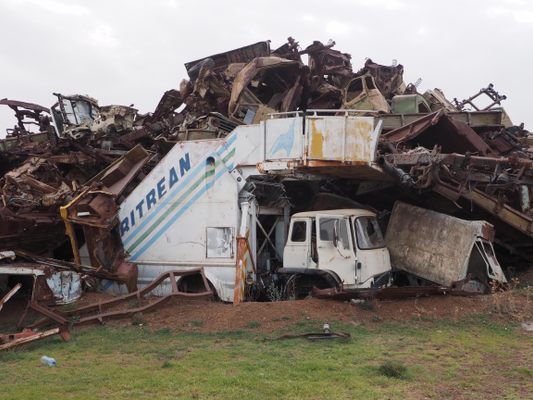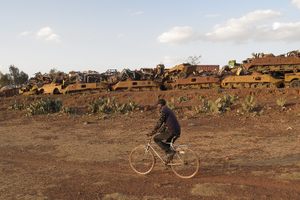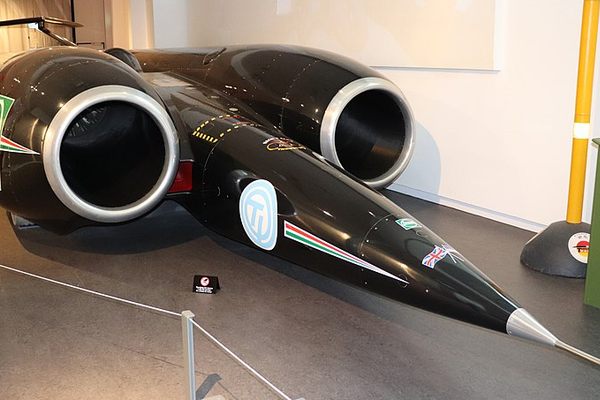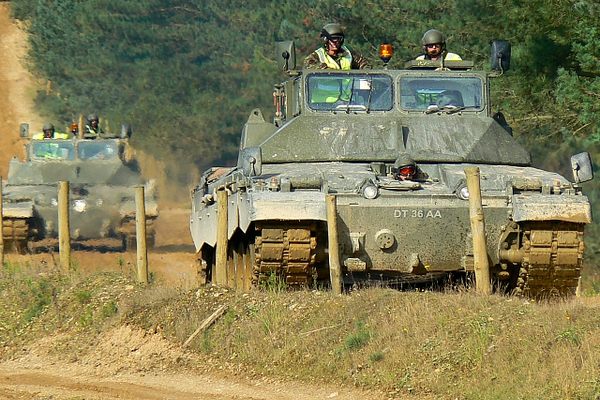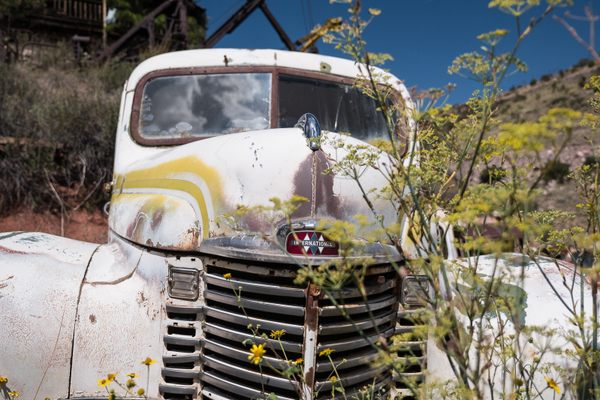About
The tank graveyard of Asmara is filled with rusted tanks, trucks, and other wrecked vehicles piled in twisty rows through which you can wander. Paths are littered with bits of ammunition and Russian metal plates with C.C.C.P. (the Russian acronym for the U.S.S.R.) stamped on them.
But the tank graveyard is more than just an assemblage of destroyed military hardware. It’s a bleak reminder of one of Africa’s longest wars in recent memory—the Eritrean War of Independence, fought between 1961 and 1991, that secured Eritrea’s independence from Ethiopia. Ethiopia, then backed by the Soviet Union, had a large army including tanks, trucks, cars, and machinery currently visible at the tank graveyard. Eritrean soldiers, on the other hand, fought with what they could find. Sandals were composed of tires and captured weapons were the only means of defense.
Despite the stark difference in armies, Eritrea’s determination to gain sovereignty allowed them to destroy a significant amount of Ethiopia’s war machinery. Ethiopia hid the evidence of their losses in a site just outside Asmara, knowing that leaving it on the streets would only bolster Eritrea’s morale. In 1991, when Eritrea finally won the war, Eritrean soldiers collected all the military hardware they could find and amassed it into what is now the tank graveyard.
The site has turned into a public space that the few tourists who are able to enter Eritrea can visit. To local Eritreans, the site serves as a proud symbol of national liberation, and a reminder of the countless lives lost fighting during the war.
Related Tags
Know Before You Go
Visitors do need a permit, but it is free. You can get one at the ministry of tourism office. Asmara Grande Tours is also very helpful.
Community Contributors
Added By
Published
June 18, 2019




